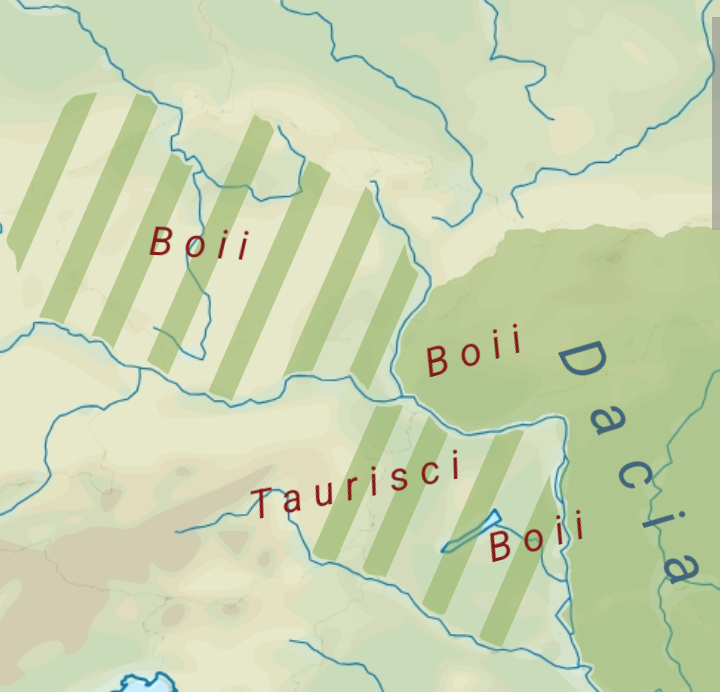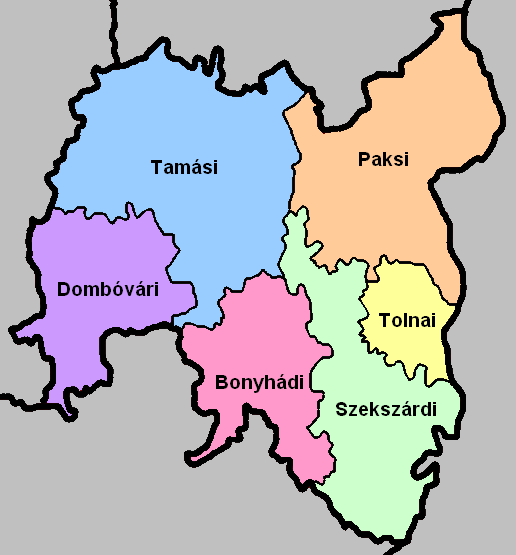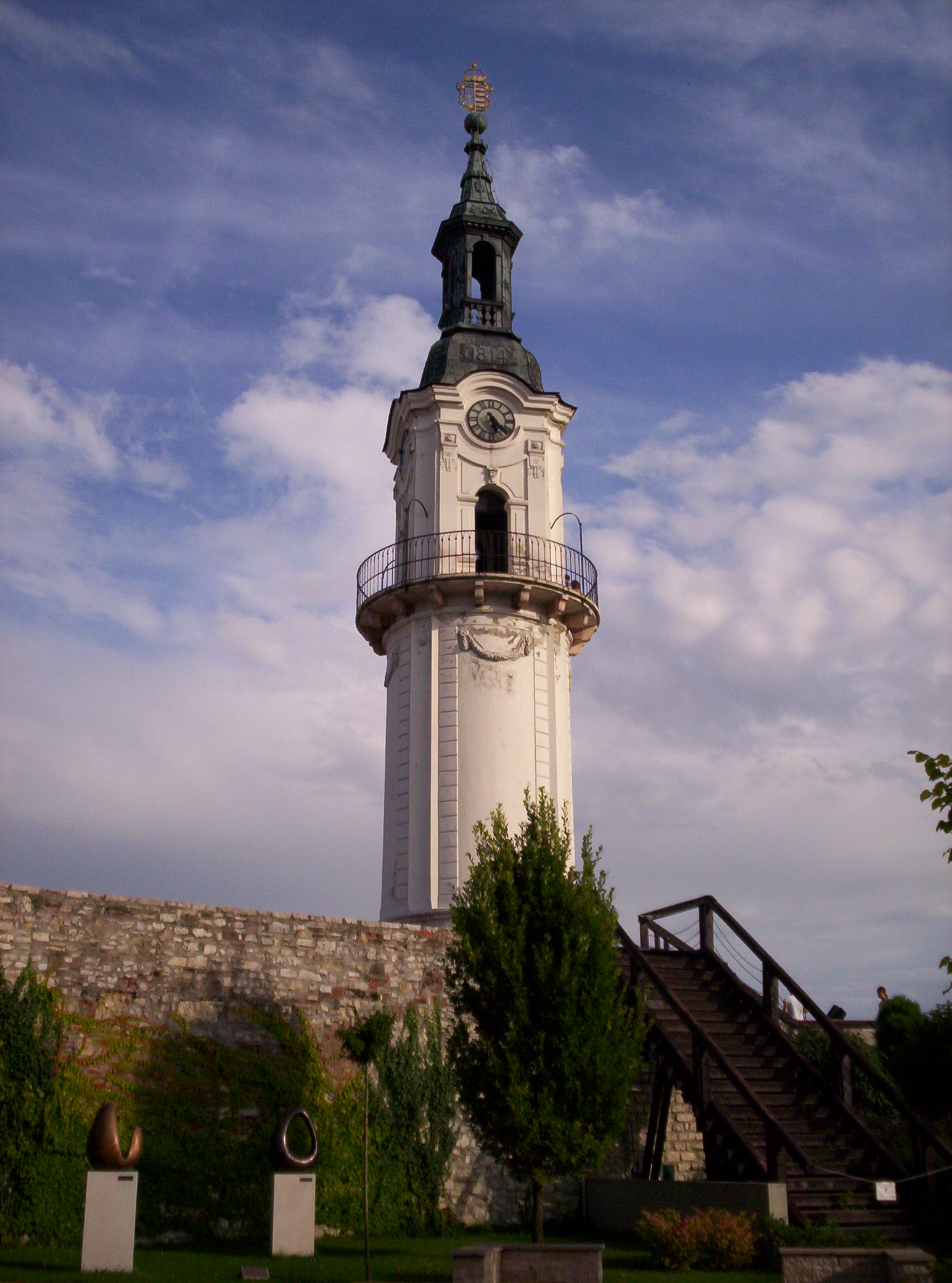|
Transdanubia
Transdanubia ( ; , or ', ) is a traditional region of Hungary. It is also referred to as Hungarian Pannonia, or Pannonian Hungary. Administrative divisions Traditional interpretation The borders of Transdanubia are the Danube River (north and east), the Drava and Mur River, Mura rivers (south), and the foothills of the Alps roughly along the border between Hungary and Austria (west). Transdanubia comprises the counties of Győr-Moson-Sopron, Komárom-Esztergom, Fejér, Veszprém (county), Veszprém, Vas, Zala County, Zala, Somogy County (former), Somogy, Tolna (county), Tolna, Baranya (county), Baranya and the part of Pest (county), Pest that lies west of the Danube. (In the early Middle Ages the latter was known as Pilis county.) This article deals with Transdanubia in this geographical meaning. Territorial changes While the northern, eastern and southern borders of the region are clearly marked by the Danube and Drava rivers, the western border was always identical with ... [...More Info...] [...Related Items...] OR: [Wikipedia] [Google] [Baidu] |
Hungary
Hungary is a landlocked country in Central Europe. Spanning much of the Pannonian Basin, Carpathian Basin, it is bordered by Slovakia to the north, Ukraine to the northeast, Romania to the east and southeast, Serbia to the south, Croatia and Slovenia to the southwest, and Austria to the west. Hungary lies within the drainage basin of the Danube, Danube River and is dominated by great lowland plains. It has a population of 9.6 million, consisting mostly of ethnic Hungarians, Hungarians (Magyars) and a significant Romani people in Hungary, Romani minority. Hungarian language, Hungarian is the Languages of Hungary, official language, and among Languages of Europe, the few in Europe outside the Indo-European languages, Indo-European family. Budapest is the country's capital and List of cities and towns of Hungary, largest city, and the dominant cultural and economic centre. Prior to the foundation of the Hungarian state, various peoples settled in the territory of present-day Hun ... [...More Info...] [...Related Items...] OR: [Wikipedia] [Google] [Baidu] |
Pannonia
Pannonia (, ) was a Roman province, province of the Roman Empire bounded on the north and east by the Danube, on the west by Noricum and upper Roman Italy, Italy, and on the southward by Dalmatia (Roman province), Dalmatia and upper Moesia. It included the modern regions western Hungary, western Slovakia, eastern Austria, northern Croatia, north-western Serbia, northern Slovenia, and northern Bosnia and Herzegovina. Background In the Early Iron Age, Transdanubia was inhabited by the Pannonians or Pannonii, a collection of Illyrians, Illyrian tribes. The Celts invaded in the Late Iron Age and Gallo-Roman culture, Gallo-Roman historian Pompeius Trogus writes that the Celts were met with heavy resistance from the locals and were not able to overrun the southern part of Transdanubia. Some tribes advanced as far as Delphi, with the Scordisci settling in Syrmia (279 BC) upon being forced to withdraw. The arrival of the Celts in Transdanubia disrupted the flow of amber from the Balti ... [...More Info...] [...Related Items...] OR: [Wikipedia] [Google] [Baidu] |
Lake Balaton
Lake Balaton () is a freshwater rift lake in the Transdanubian region of Hungary. It is the List of largest lakes of Europe, largest lake in Central Europe, and one of the region's foremost tourist destinations. The Zala River provides the largest inflow of water to the lake, and the canalized Sió is the only outflow. The mountainous region of the northern shore is known both for its transdanubia#History, historic character and as a major Hungarian wine, wine region, while the flat southern shore is known for its resort towns. Balatonfüred and Hévíz developed early as resorts for the wealthy, but it was not until the late 19th century when landowners, ruined by ''Phylloxera'' attacking their grape vines, began building summer homes to rent out to the burgeoning middle class. Name In distinction to all other Hungarian language, Hungarian endonyms for lakes, which universally bear the suffix ''-tó'' 'lake', Lake Balaton is referred to in Hungarian with a definite article; that ... [...More Info...] [...Related Items...] OR: [Wikipedia] [Google] [Baidu] |
Baranya County
Baranya (, ; German language, German:Croatian language, Croatian:'' Baranjska županija'') is a Counties of Hungary, county () in southern Hungary. It is part of the Southern Transdanubia statistical region and the historical Baranya (region), Baranya region, which was a Counties of Hungary (before 1920), county (''comitatus'') in the Kingdom of Hungary dating back to the 11th century. Its current status as one of the 19 counties of Hungary was established in 1950 as part of wider Hungarian People's Republic, Soviet administrative territorial reform following World War II. It is bordered by Somogy County to the northwest, Tolna County to the north, Bács-Kiskun County and the Danube to the east, and the border with Croatia (part of which is formed by the Drava, Drava River) to the south. As of the 2011 census of Hungary, 2011 census, it had a population of 386,441 residents. Of the 19 counties of Hungary (excluding Budapest), it is ranked 10th, both in terms of geographic area an ... [...More Info...] [...Related Items...] OR: [Wikipedia] [Google] [Baidu] |
Tolna (county)
Tolna (, ; ) is an administrative county (Comitatus (Kingdom of Hungary), comitatus or vármegye) in present-day Hungary as it was in the former Kingdom of Hungary. It lies in central Hungary, on the west bank of the river Danube. It shares borders with the Hungarian counties of Somogy County, Somogy, Fejér, Bács-Kiskun, and Baranya (county), Baranya. The capital of Tolna county is Szekszárd. Its area is 3,703 km2. History Tolna (in Latin: ''comitatus Tolnensis'') was also the name of a historic administrative county (Comitatus (Kingdom of Hungary), comitatus) of the Kingdom of Hungary. Its territory, which was about the same as that of the present Tolna county, is now in central Hungary. The capital of the county was Szekszárd. Demographics In 2015, Tolna had a population of 225,936 and the population density was . Ethnicity Besides the Hungarian majority, the main minorities are the Germans (approx. 10,000) and Roma (8,500). Total population (2011 census): 230,3 ... [...More Info...] [...Related Items...] OR: [Wikipedia] [Google] [Baidu] |
Zala County
Zala (, ; ; ) is an administrative county (Counties of Hungary, comitatus or ''vármegye'') in south-western Hungary. It is named after the Zala River. It shares borders with Croatia (Koprivnica–Križevci County, Koprivnica–Križevci and Međimurje County, Međimurje Counties) and Slovenia (Municipality of Lendava, Lendava and Municipality of Moravske Toplice, Moravske Toplice) and the Hungarian counties Vas County, Vas, Veszprém (county), Veszprém and Somogy County, Somogy. The seat of Zala County is Zalaegerszeg. Its area is . Lake Balaton lies partly in the county. History In the tenth century, the Hungarian Nyék tribe occupied the region around Lake Balaton. Their occupation was mainly in the areas known today as Zala and Somogy County, Somogy counties. Parts of the western territory of the former county of Zala are now part of Slovenia (Prekmurje, South-Prekmurje) and Croatia (Međimurje). In 1919 it was part of the unrecognized state of the Republic of Prekmurje, ... [...More Info...] [...Related Items...] OR: [Wikipedia] [Google] [Baidu] |
Tolna County
Tolna (, ; ) is an administrative county (Comitatus (Kingdom of Hungary), comitatus or vármegye) in present-day Hungary as it was in the former Kingdom of Hungary. It lies in central Hungary, on the west bank of the river Danube. It shares borders with the Hungarian counties of Somogy County, Somogy, Fejér, Bács-Kiskun, and Baranya (county), Baranya. The capital of Tolna county is Szekszárd. Its area is 3,703 km2. History Tolna (in Latin: ''comitatus Tolnensis'') was also the name of a historic administrative county (Comitatus (Kingdom of Hungary), comitatus) of the Kingdom of Hungary. Its territory, which was about the same as that of the present Tolna county, is now in central Hungary. The capital of the county was Szekszárd. Demographics In 2015, Tolna had a population of 225,936 and the population density was . Ethnicity Besides the Hungarian majority, the main minorities are the Germans (approx. 10,000) and Roma (8,500). Total population (2011 census): 230,3 ... [...More Info...] [...Related Items...] OR: [Wikipedia] [Google] [Baidu] |
Veszprém (county)
Veszprém (; , , , ) is one of the oldest urban areas in Hungary, and a city with county rights. It lies approximately north of the Lake Balaton. It is the administrative center of the Counties of Hungary, county of the same name. Etymology The city's name derives from the West Slavic languages, West Slavic-language personal name ''Bezprem'' or ''Bezprym'' (Proto-Slavic ''Bezprěmъ'') which translates literally to "stubborn", "self-confident, not willing to retreat". ''Besprem'' (before 1002), ''Vezprem'' (1086), ''Bezpremensis'' (1109). The form ''Vezprem'' originates in early medieval scribal habits and frequent exchange of ''B'' and ''V'' under the influence of the Greek language. Location and legend The city can be reached via the M7 highway and Road 8. It can also be reached from Győr via Road 82 and from Székesfehérvár via Road 8. According to a Hungarian folklore, local legend, Veszprém was founded on seven hills. The seven hills are Várhegy (Castle Hill), Bened ... [...More Info...] [...Related Items...] OR: [Wikipedia] [Google] [Baidu] |
Írott-kő
The Geschriebenstein (), less commonly called the Írott-kő () in English sources, is a mountain, high,''Geschriebenstein, Austria/Hungary'' at www.peakbagger.com. Retrieved 6 Jun 2017. located on the border between and . It is the highest mountain of the , the highest point in western Hungary () and h ... [...More Info...] [...Related Items...] OR: [Wikipedia] [Google] [Baidu] |
Danube
The Danube ( ; see also #Names and etymology, other names) is the List of rivers of Europe#Longest rivers, second-longest river in Europe, after the Volga in Russia. It flows through Central and Southeastern Europe, from the Black Forest south into the Black Sea. A large and historically important river, it was once a frontier of the Roman Empire. In the 21st century, it connects ten European countries, running through their territories or marking a border. Originating in Germany, the Danube flows southeast for , passing through or bordering Austria, Slovakia, Hungary, Croatia, Serbia, Romania, Bulgaria, Moldova, and Ukraine. Among the many List of cities and towns on the river Danube, cities on the river are four national capitals: Vienna, Bratislava, Budapest, and Belgrade. Its drainage basin amounts to and extends into nine more countries. The Danube's longest headstream, the Breg (river), Breg, rises in Furtwangen im Schwarzwald, while the river carries its name from its ... [...More Info...] [...Related Items...] OR: [Wikipedia] [Google] [Baidu] |







